-
 Bitcoin
Bitcoin $94,081.7721
-0.87% -
 Ethereum
Ethereum $1,790.8002
0.63% -
 Tether USDt
Tether USDt $1.0004
-0.01% -
 XRP
XRP $2.1914
-0.21% -
 BNB
BNB $603.4874
-0.20% -
 Solana
Solana $148.4355
-4.09% -
 USDC
USDC $0.9998
-0.01% -
 Dogecoin
Dogecoin $0.1809
-0.56% -
 Cardano
Cardano $0.7043
-1.60% -
 TRON
TRON $0.2502
2.79% -
 Sui
Sui $3.3707
-8.21% -
 Chainlink
Chainlink $14.7422
-2.26% -
 Avalanche
Avalanche $21.8217
-2.82% -
 Stellar
Stellar $0.2886
1.56% -
 UNUS SED LEO
UNUS SED LEO $9.0878
0.37% -
 Shiba Inu
Shiba Inu $0.0...01413
0.89% -
 Toncoin
Toncoin $3.2042
-0.44% -
 Hedera
Hedera $0.1904
-4.34% -
 Bitcoin Cash
Bitcoin Cash $359.0088
-3.79% -
 Polkadot
Polkadot $4.2190
-1.43% -
 Litecoin
Litecoin $85.6430
-0.56% -
 Hyperliquid
Hyperliquid $17.5083
-6.33% -
 Dai
Dai $1.0001
0.01% -
 Bitget Token
Bitget Token $4.3816
-1.46% -
 Ethena USDe
Ethena USDe $0.9996
0.00% -
 Pi
Pi $0.6426
-1.29% -
 Monero
Monero $228.3890
-0.94% -
 Pepe
Pepe $0.0...09092
2.49% -
 Uniswap
Uniswap $5.7754
-1.30% -
 Aptos
Aptos $5.5262
-0.55%
How to trade TRAC coins to others
To trade TRAC coins, choose a reputable crypto exchange, create an account, find a suitable TRAC trading pair, place a buy or sell order, execute the trade, monitor it, and withdraw coins to a personal wallet for secure storage.
Nov 15, 2024 at 10:22 pm

How to Trade TRAC Coins to Others
Introduction
OriginTrail Decentralized Network (ODN) is a blockchain platform that enables businesses to manage the authenticity and traceability of physical and digital products throughout their supply chains. TRAC is the utility token that powers the ODN ecosystem. Individuals and businesses can use TRAC to pay for services on the network, rewards for contributing to the network, etc.
Guide to Trading TRAC Coins
1. Choose a Reputable Crypto Exchange
The first step in trading TRAC coins is to choose a reliable crypto exchange. Look for platforms with a solid reputation, adequate liquidity, and support for TRAC trading. Some well-known exchanges that offer TRAC trading include Binance, Huobi Global, and KuCoin.
2. Create an Account and Deposit Funds
After selecting an exchange, create an account and complete the necessary verification procedures. Once your account is set up, deposit funds into your account either through bank transfers, credit/debit card payments, or other supported methods.
3. Find a Suitable TRAC Trading Pair
Most exchanges offer TRAC trading against popular cryptocurrencies like Bitcoin (BTC), Ether (ETH), or stablecoins like Tether (USDT). Choose a trading pair that meets your requirements and has adequate liquidity to facilitate smooth trading.
4. Place a Buy or Sell Order
On the exchange's trading interface, specify the number of TRAC coins you wish to purchase or sell and the price you are willing to pay. You can choose from different order types, such as market orders for immediate execution at the current market price or limit orders to buy or sell at a specific price.
5. Execute and Monitor the Trade
Once you place an order, it will be added to the exchange's order book. If your order matches with an opposing order, the trade will be executed, and the TRAC coins will be credited or debited from your account accordingly. Monitor the progress of your trade and adjust it if necessary.
6. Withdraw TRAC Coins
After successfully trading TRAC coins, you may want to withdraw them to a personal wallet or a hardware wallet for added security. Withdrawals typically require a transaction fee, and the processing time varies depending on the exchange and network congestion.
Additional Tips
- Do Your Research: Before trading TRAC coins, it is crucial to understand the project, its token economics, and the overall cryptocurrency market conditions.
- Use Small Order Sizes Initially: Avoid trading large amounts of TRAC coins initially. Start with smaller orders to gain experience and avoid significant losses if market conditions change abruptly.
- Monitor Market Trends: Keep an eye on market trends, news announcements, and technical analysis to make informed trading decisions.
- Consider a Trading Strategy: Develop a trading strategy that aligns with your risk tolerance and investment goals. This could involve using technical indicators or fundamental analysis to identify trading opportunities.
- Practice Risk Management: Implement risk management measures such as stop-loss orders or profit-taking strategies to protect your capital and maximize potential profits.
Disclaimer:info@kdj.com
The information provided is not trading advice. kdj.com does not assume any responsibility for any investments made based on the information provided in this article. Cryptocurrencies are highly volatile and it is highly recommended that you invest with caution after thorough research!
If you believe that the content used on this website infringes your copyright, please contact us immediately (info@kdj.com) and we will delete it promptly.
- The Gold, Silver, and Bitcoin are the biggest dilemma for investors
- 2025-04-26 22:15:13
- Justin Sun Claims Top Spot on the TRUMP Leaderboard
- 2025-04-26 22:15:13
- FXGuys (XRP) Price Prediction: A New Crypto Presale Promises 50x Returns
- 2025-04-26 22:10:13
- Justin Sun's Cryptic Tweet About "TRX=BTC" Has Sparked Interest in a Growing Correlation Between Tron's TRX and Bitcoin.
- 2025-04-26 22:10:13
- 1944 Steel Penny: A Valuable Mistake
- 2025-04-26 22:05:13
- Ronin Network Migrates $450M to Chainlink's Cross Chain Interoperability Protocol (CCIP)
- 2025-04-26 22:05:13
Related knowledge

What is Ethereum’s Slashing mechanism and how to punish malicious behavior?
Feb 20,2025 at 03:08am
Key PointsOverview of slashingDifferent types of slashing in EthereumIncentives and consequences of slashingIdentifying and reporting slashed validatorsOngoing discussions and potential improvementsEthereum's Slashing Mechanism: Punishing Malicious BehaviorEthereum's slashing mechanism is an essential tool for ensuring network security and punishing mal...
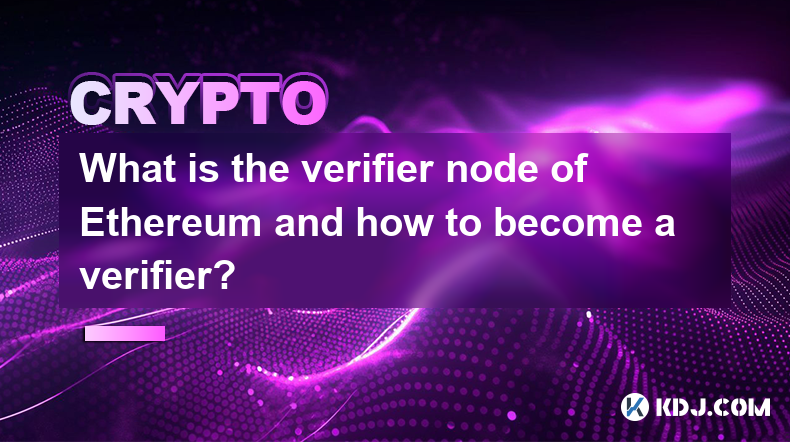
What is the verifier node of Ethereum and how to become a verifier?
Feb 19,2025 at 06:00pm
The Verifier Node of Ethereum: A Comprehensive GuideKey Points:What is a Verifier Node?How to Become a Verifier NodeResponsibilities and Rewards of a Verifier NodeMinimum Requirements for Becoming a Verifier NodePotential Difficulties in Running a Verifier Node1. What is a Verifier Node?A Verifier Node is an independent entity on the Ethereum network th...
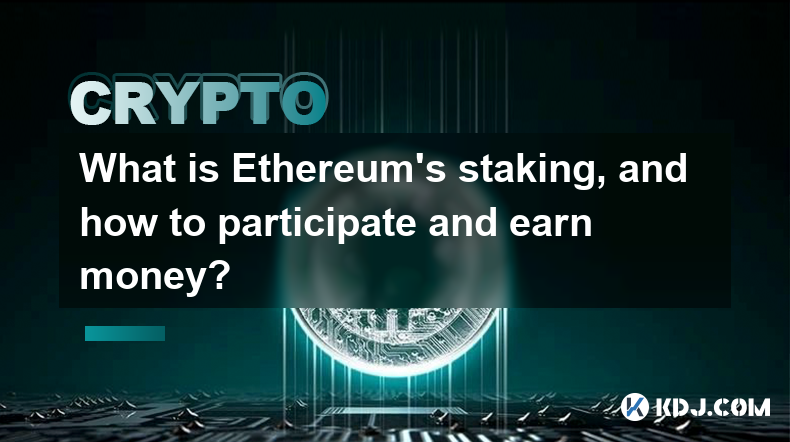
What is Ethereum’s staking, and how to participate and earn money?
Feb 19,2025 at 04:37pm
Key Points:Understanding Ethereum's Staking MechanismSteps to Participate in StakingBenefits and Rewards of StakingSecurity and Risk ConsiderationsTechnical Requirements and Hardware OptionsPotential Challenges and Troubleshooting TipsFAQs on Ethereum StakingWhat is Ethereum's Staking?Proof-of-Stake (PoS) is a consensus mechanism used in blockchain netw...
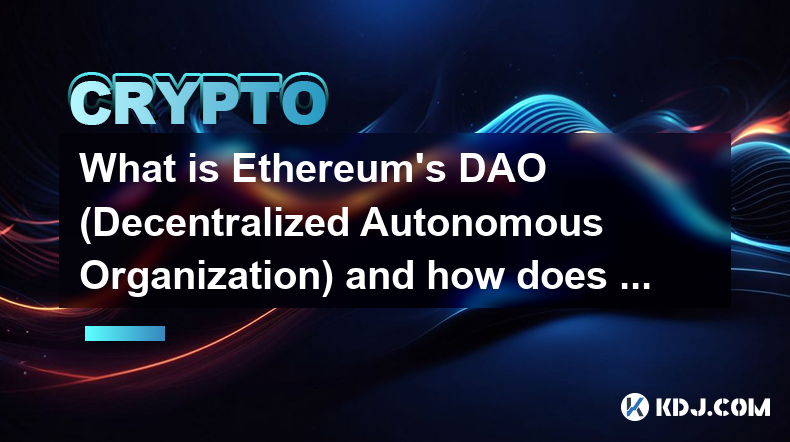
What is Ethereum’s DAO (Decentralized Autonomous Organization) and how does it work?
Feb 20,2025 at 03:12am
Key PointsDefinition and Structure of a DAOGovernance and Decision-Making in DAOsBenefits and Use Cases of DAOsChallenges and Limitations of DAOsWhat is Ethereum's DAO (Decentralized Autonomous Organization) and How Does It Work?Definition and Structure of a DAOA Decentralized Autonomous Organization (DAO) is an innovative governance and management fram...
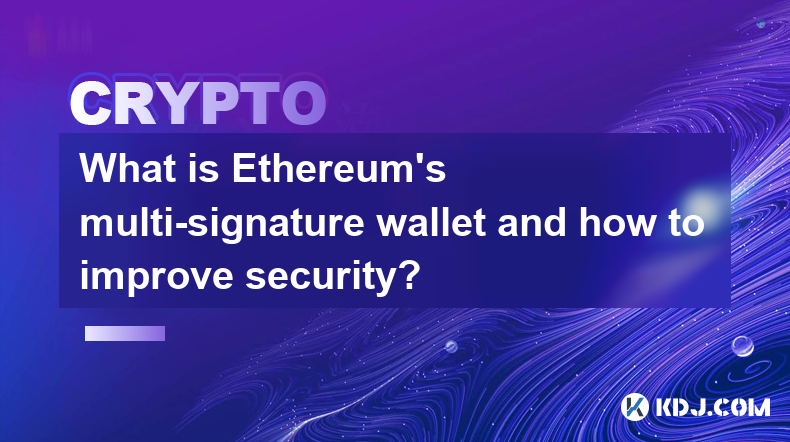
What is Ethereum's multi-signature wallet and how to improve security?
Feb 20,2025 at 02:18pm
Key Points:Understanding the Concept of a Multi-Signature WalletBenefits and Drawbacks of Multisig WalletsRequirements for Setting Up a Multisig WalletStep-by-Step Guide to Generating a Multisig WalletImplementing Strategies for Enhanced Security1. Understanding the Concept of a Multi-Signature WalletA multi-signature (multisig) wallet in the Ethereum e...
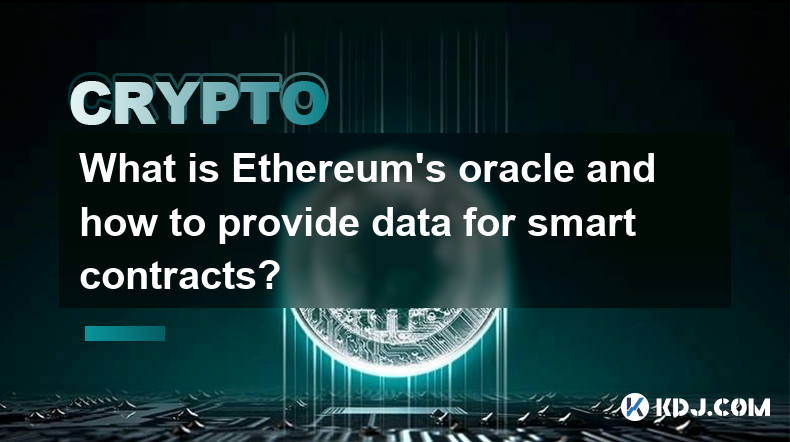
What is Ethereum's oracle and how to provide data for smart contracts?
Feb 21,2025 at 01:30am
Key Points:Understanding the concept of oracles in EthereumExploring different types of oraclesDetailed guide on how to provide data for smart contractsAddressing potential challenges and considerationsWhat is Ethereum's Oracle?Oracles are crucial components in the Ethereum ecosystem, enabling smart contracts to access real-world data and off-chain even...

What is Ethereum’s Slashing mechanism and how to punish malicious behavior?
Feb 20,2025 at 03:08am
Key PointsOverview of slashingDifferent types of slashing in EthereumIncentives and consequences of slashingIdentifying and reporting slashed validatorsOngoing discussions and potential improvementsEthereum's Slashing Mechanism: Punishing Malicious BehaviorEthereum's slashing mechanism is an essential tool for ensuring network security and punishing mal...

What is the verifier node of Ethereum and how to become a verifier?
Feb 19,2025 at 06:00pm
The Verifier Node of Ethereum: A Comprehensive GuideKey Points:What is a Verifier Node?How to Become a Verifier NodeResponsibilities and Rewards of a Verifier NodeMinimum Requirements for Becoming a Verifier NodePotential Difficulties in Running a Verifier Node1. What is a Verifier Node?A Verifier Node is an independent entity on the Ethereum network th...

What is Ethereum’s staking, and how to participate and earn money?
Feb 19,2025 at 04:37pm
Key Points:Understanding Ethereum's Staking MechanismSteps to Participate in StakingBenefits and Rewards of StakingSecurity and Risk ConsiderationsTechnical Requirements and Hardware OptionsPotential Challenges and Troubleshooting TipsFAQs on Ethereum StakingWhat is Ethereum's Staking?Proof-of-Stake (PoS) is a consensus mechanism used in blockchain netw...

What is Ethereum’s DAO (Decentralized Autonomous Organization) and how does it work?
Feb 20,2025 at 03:12am
Key PointsDefinition and Structure of a DAOGovernance and Decision-Making in DAOsBenefits and Use Cases of DAOsChallenges and Limitations of DAOsWhat is Ethereum's DAO (Decentralized Autonomous Organization) and How Does It Work?Definition and Structure of a DAOA Decentralized Autonomous Organization (DAO) is an innovative governance and management fram...

What is Ethereum's multi-signature wallet and how to improve security?
Feb 20,2025 at 02:18pm
Key Points:Understanding the Concept of a Multi-Signature WalletBenefits and Drawbacks of Multisig WalletsRequirements for Setting Up a Multisig WalletStep-by-Step Guide to Generating a Multisig WalletImplementing Strategies for Enhanced Security1. Understanding the Concept of a Multi-Signature WalletA multi-signature (multisig) wallet in the Ethereum e...

What is Ethereum's oracle and how to provide data for smart contracts?
Feb 21,2025 at 01:30am
Key Points:Understanding the concept of oracles in EthereumExploring different types of oraclesDetailed guide on how to provide data for smart contractsAddressing potential challenges and considerationsWhat is Ethereum's Oracle?Oracles are crucial components in the Ethereum ecosystem, enabling smart contracts to access real-world data and off-chain even...
See all articles






















![Trading is to follow [Review Video] Gold Bitcoin Crude Oil Orders Make Profits! Trading is to follow [Review Video] Gold Bitcoin Crude Oil Orders Make Profits!](/uploads/2025/04/26/cryptocurrencies-news/videos/trading-follow-review-video-gold-bitcoin-crude-oil-profits/image-1.webp)































































